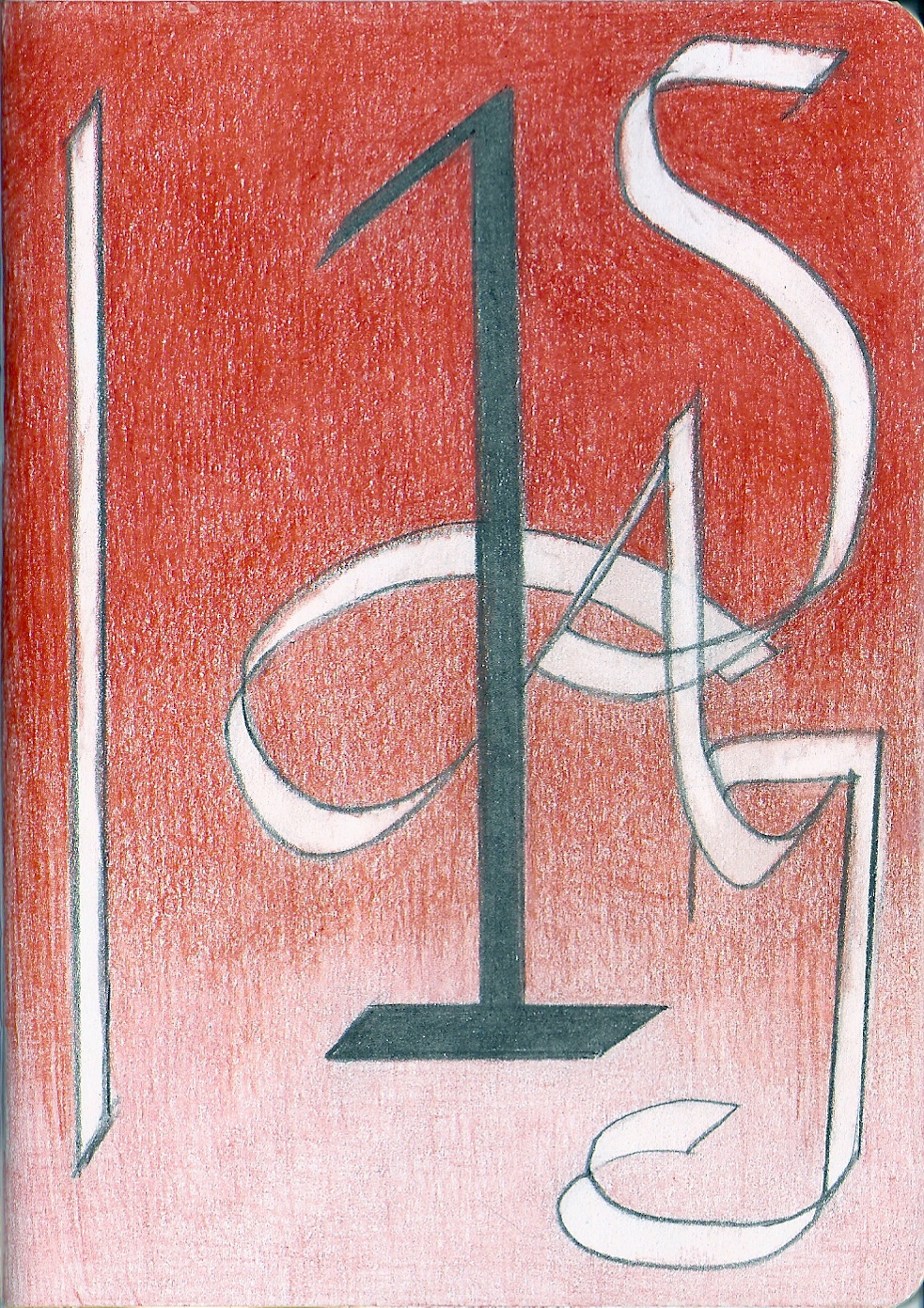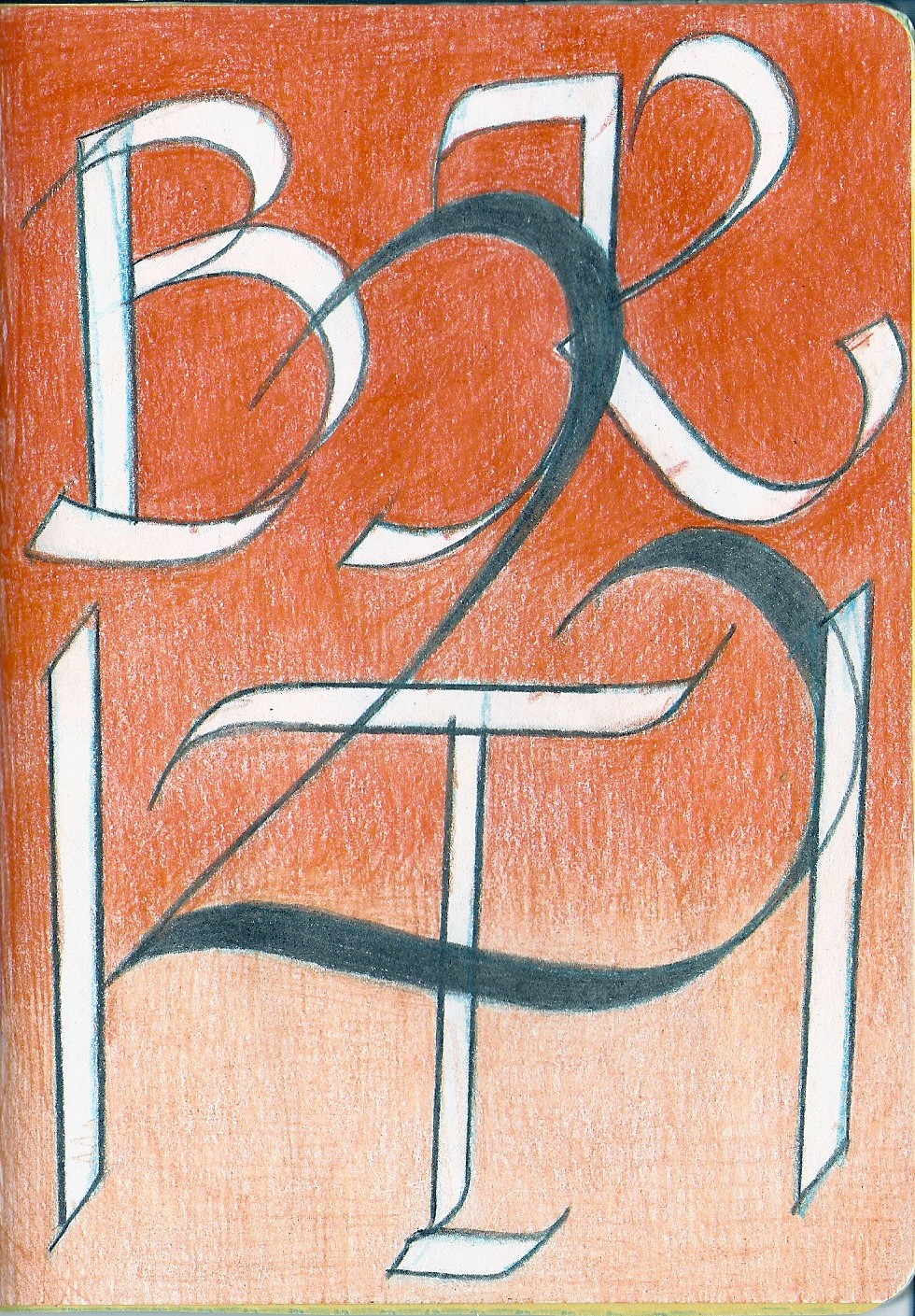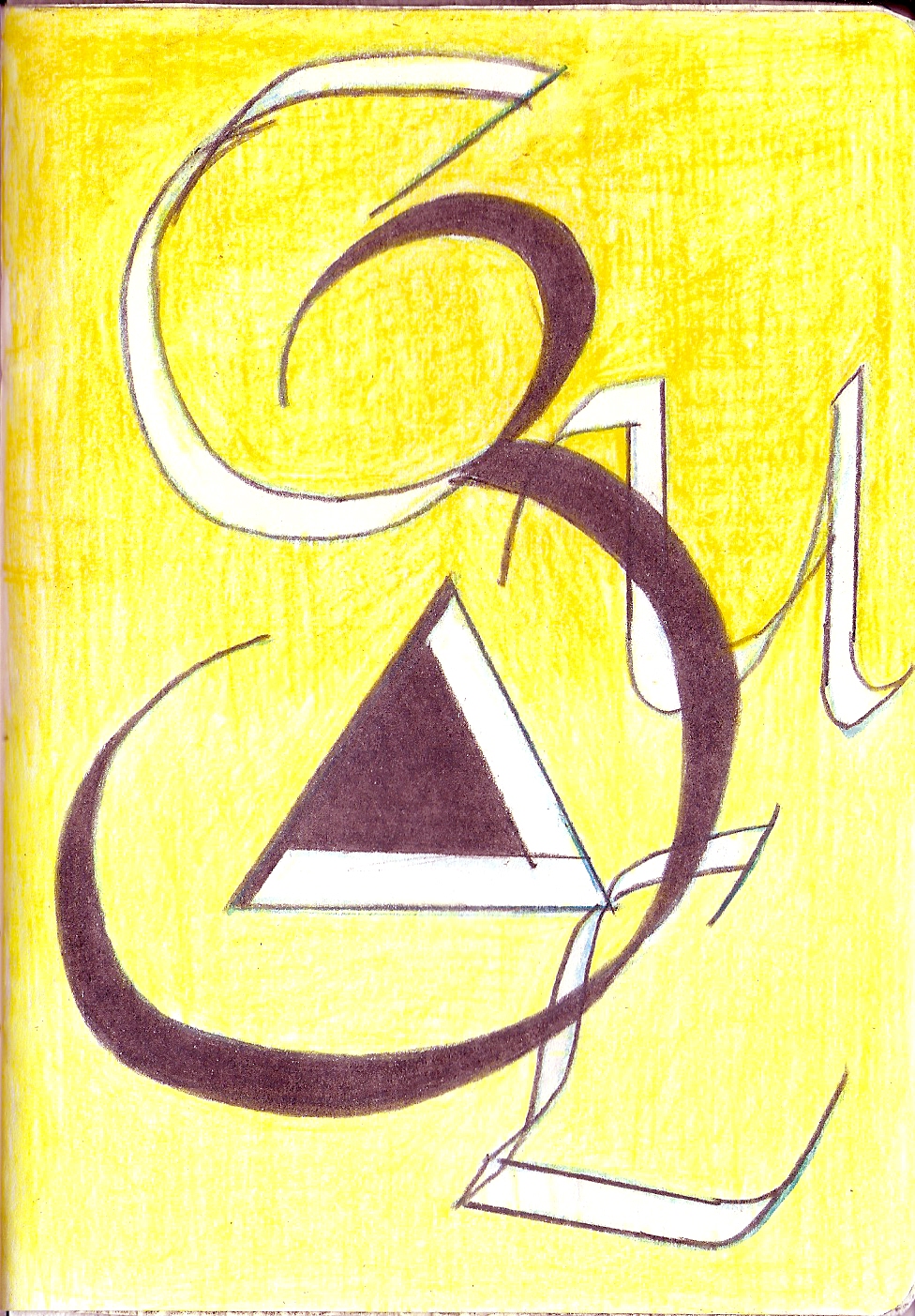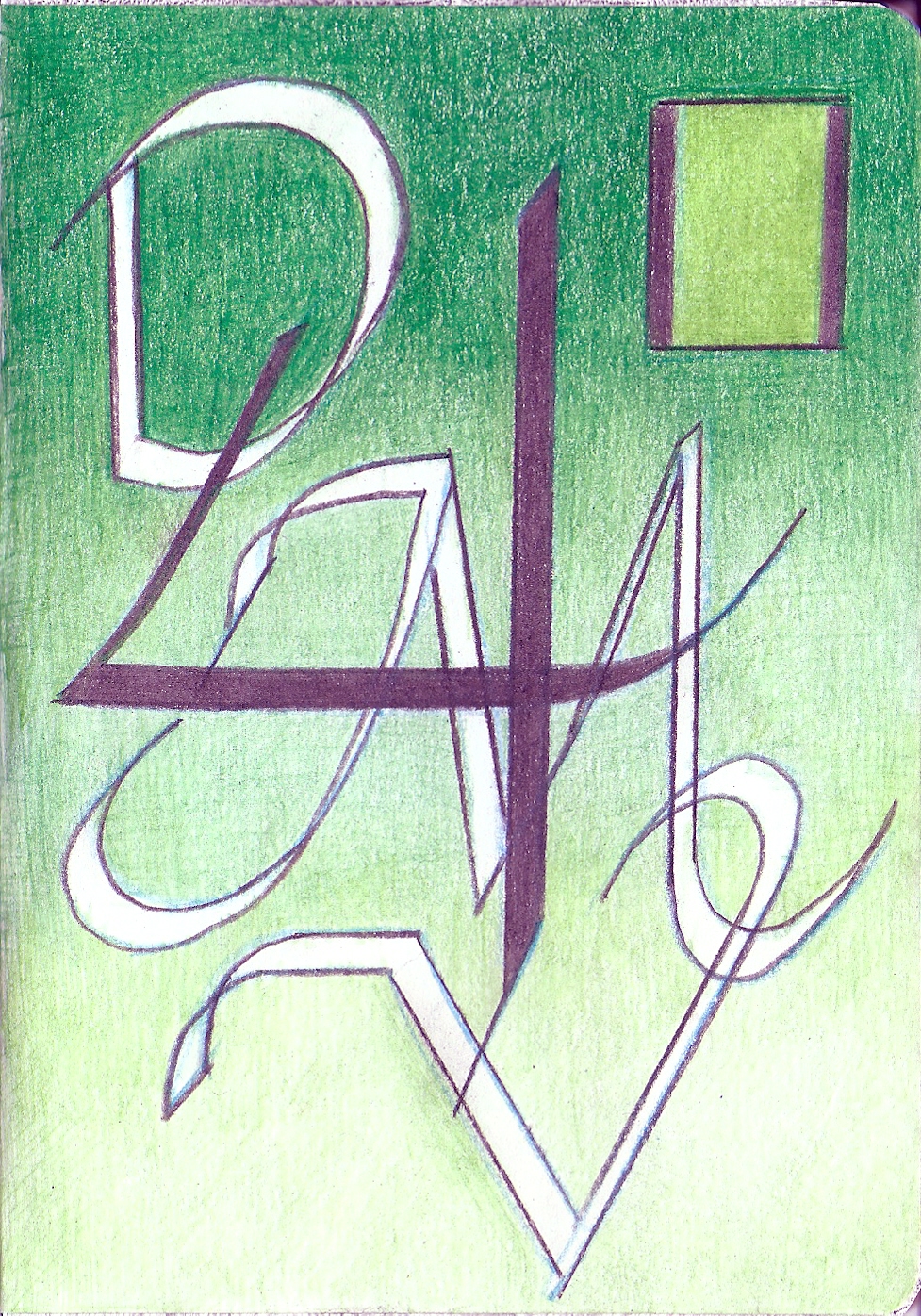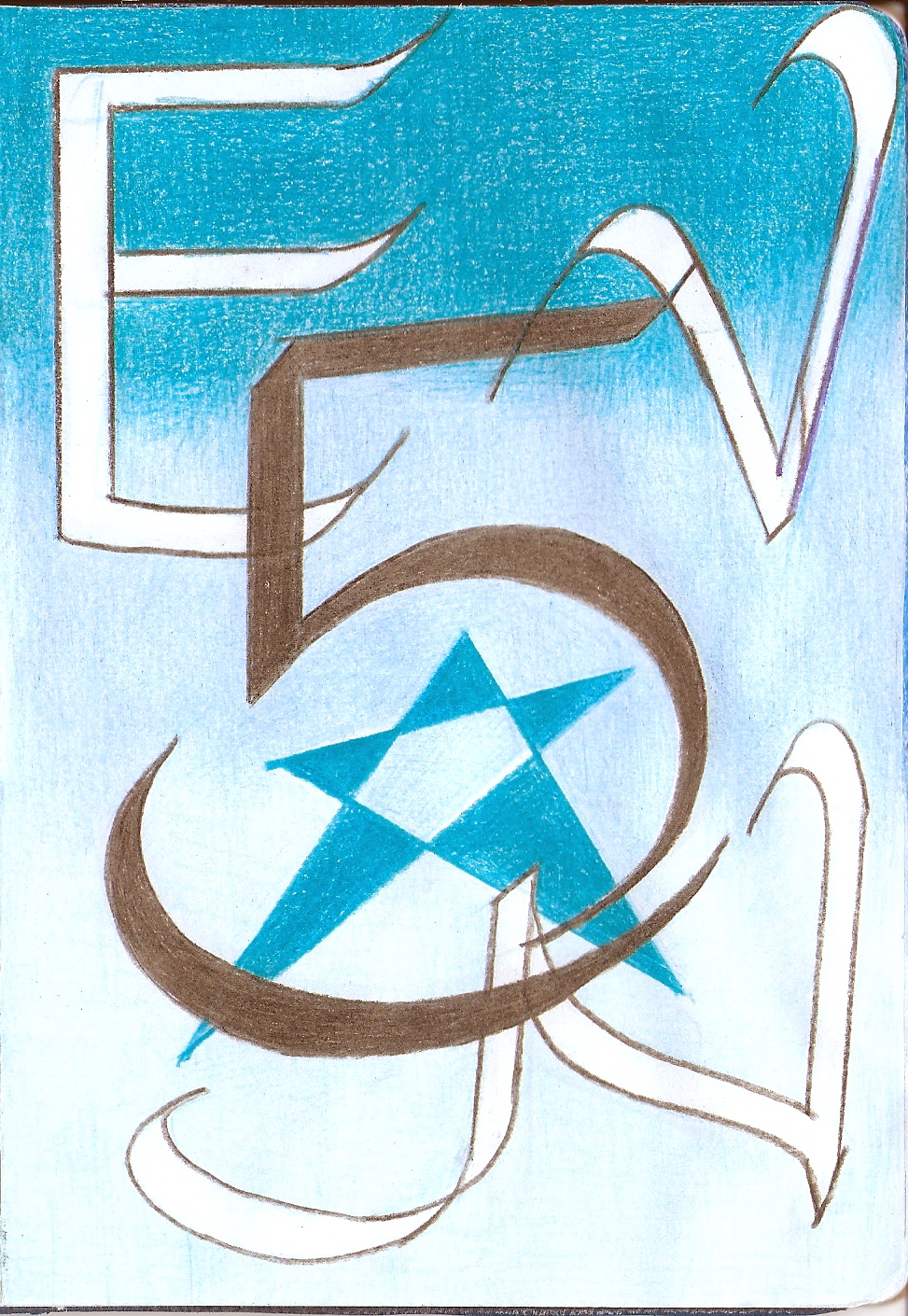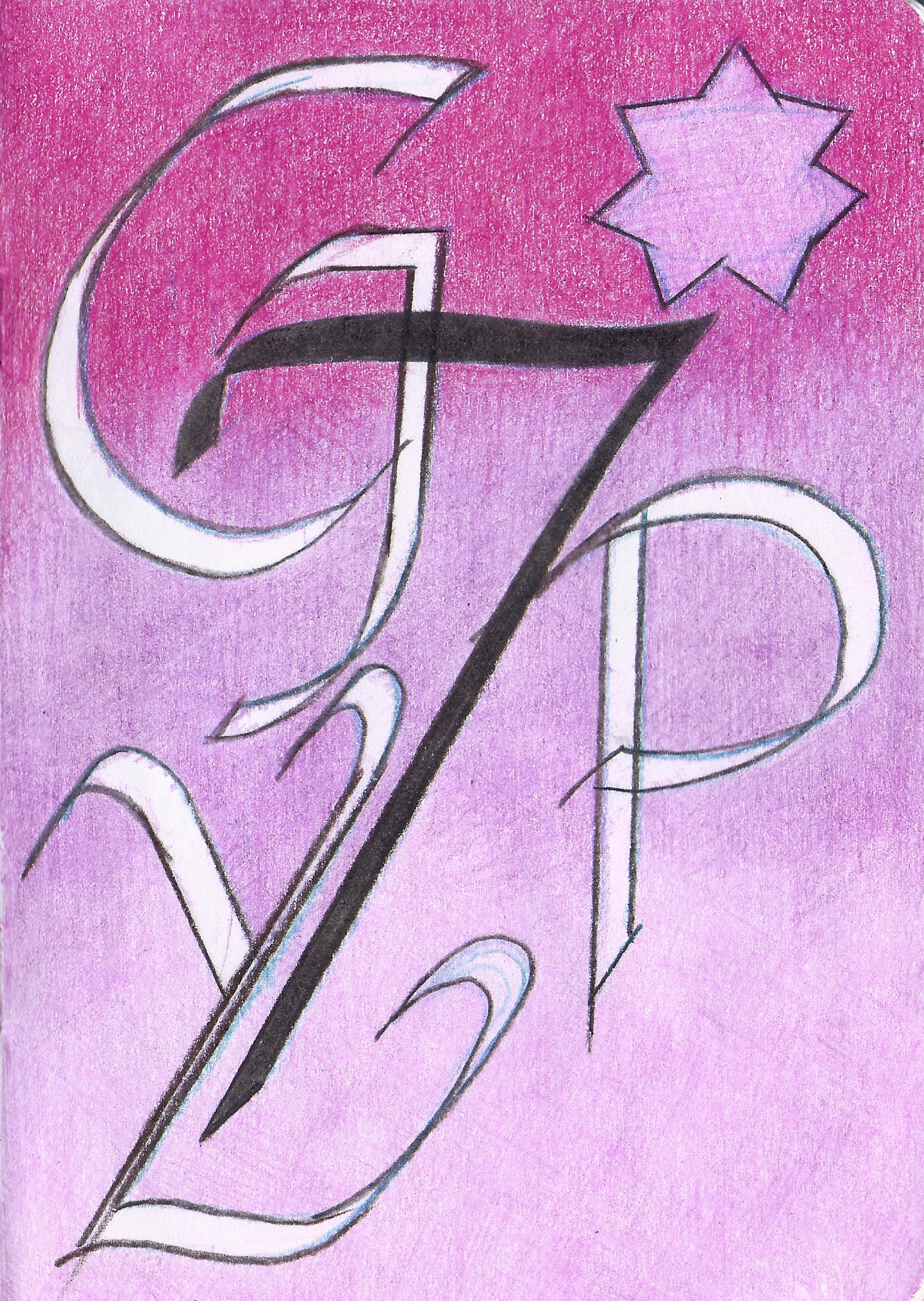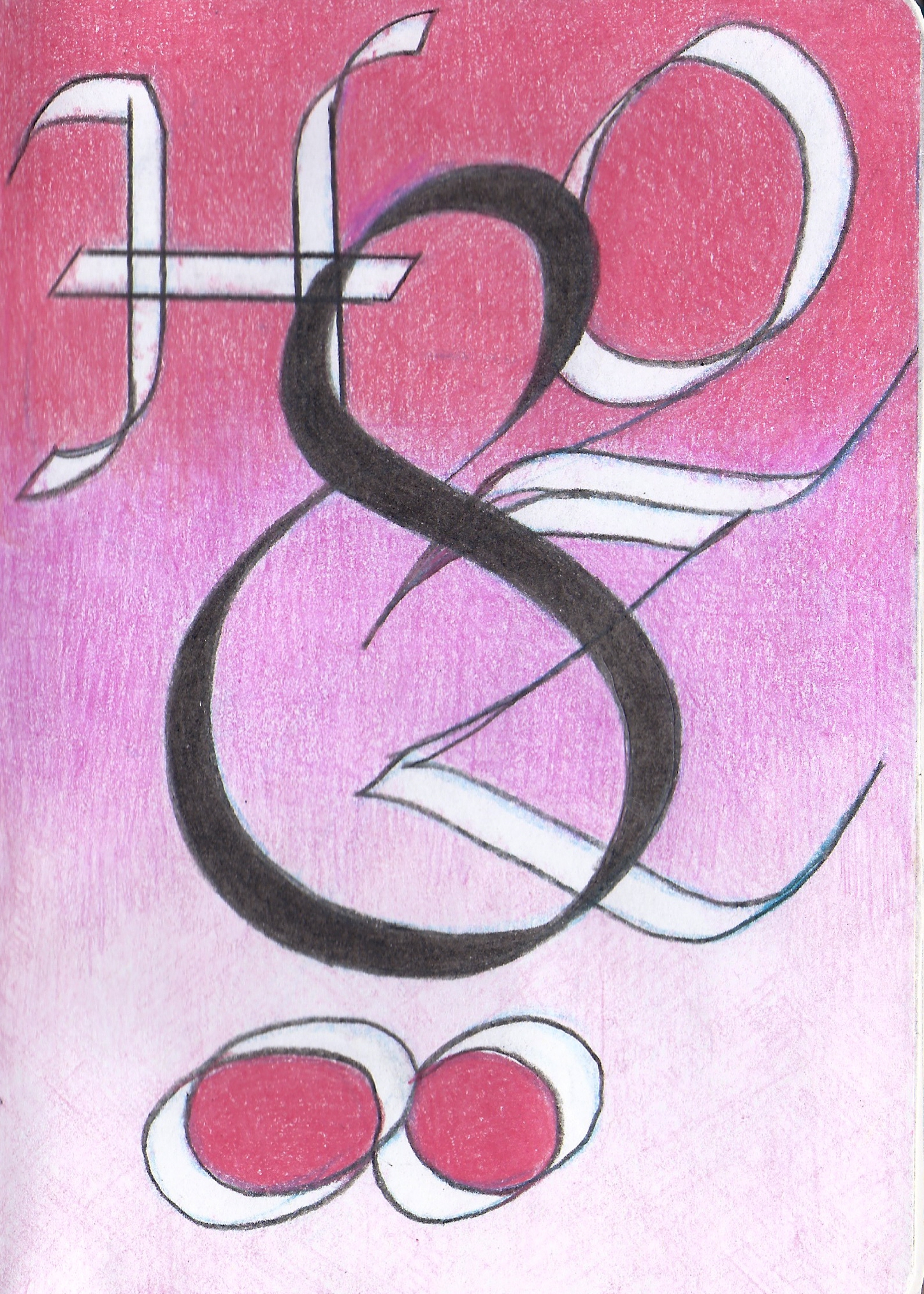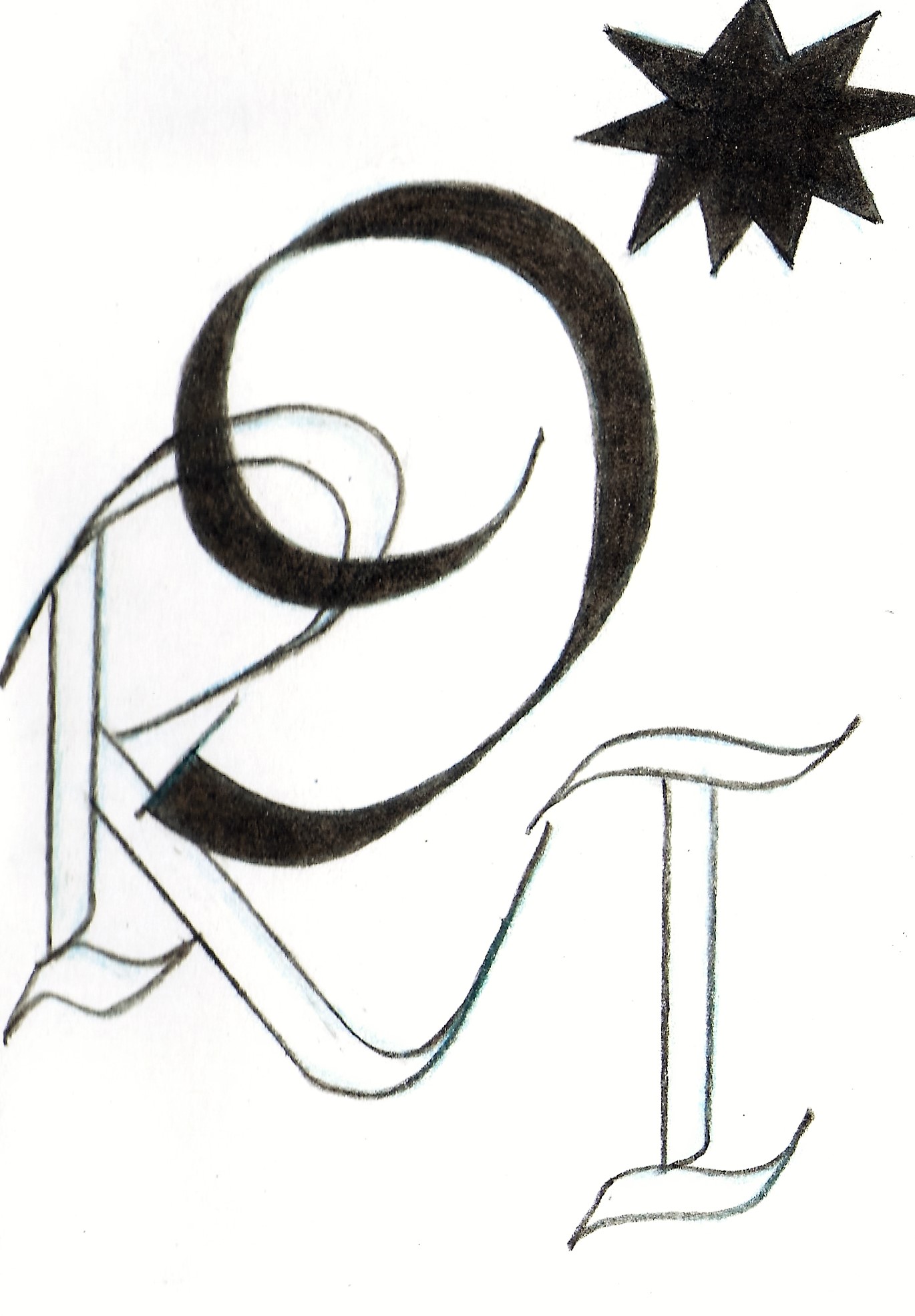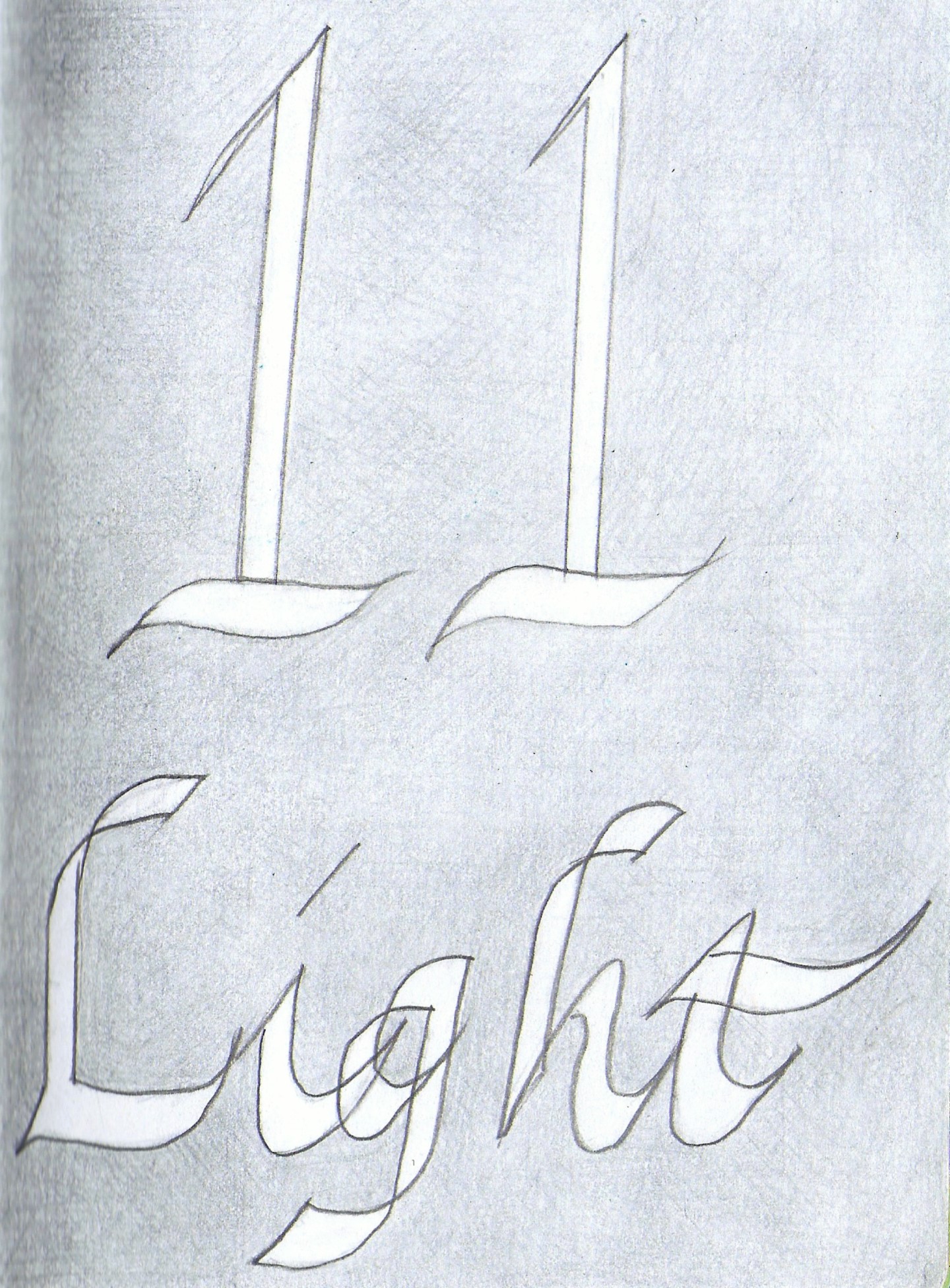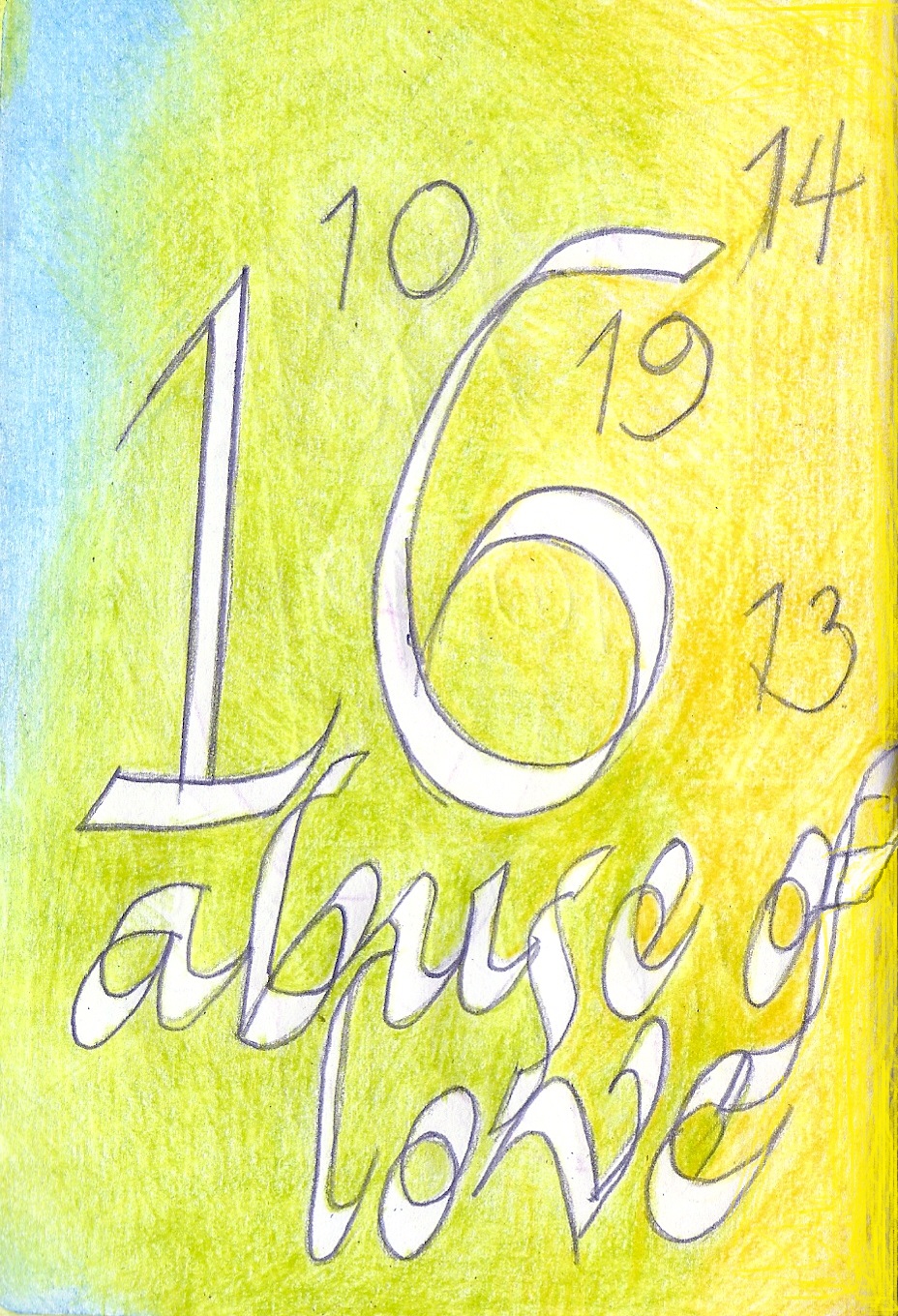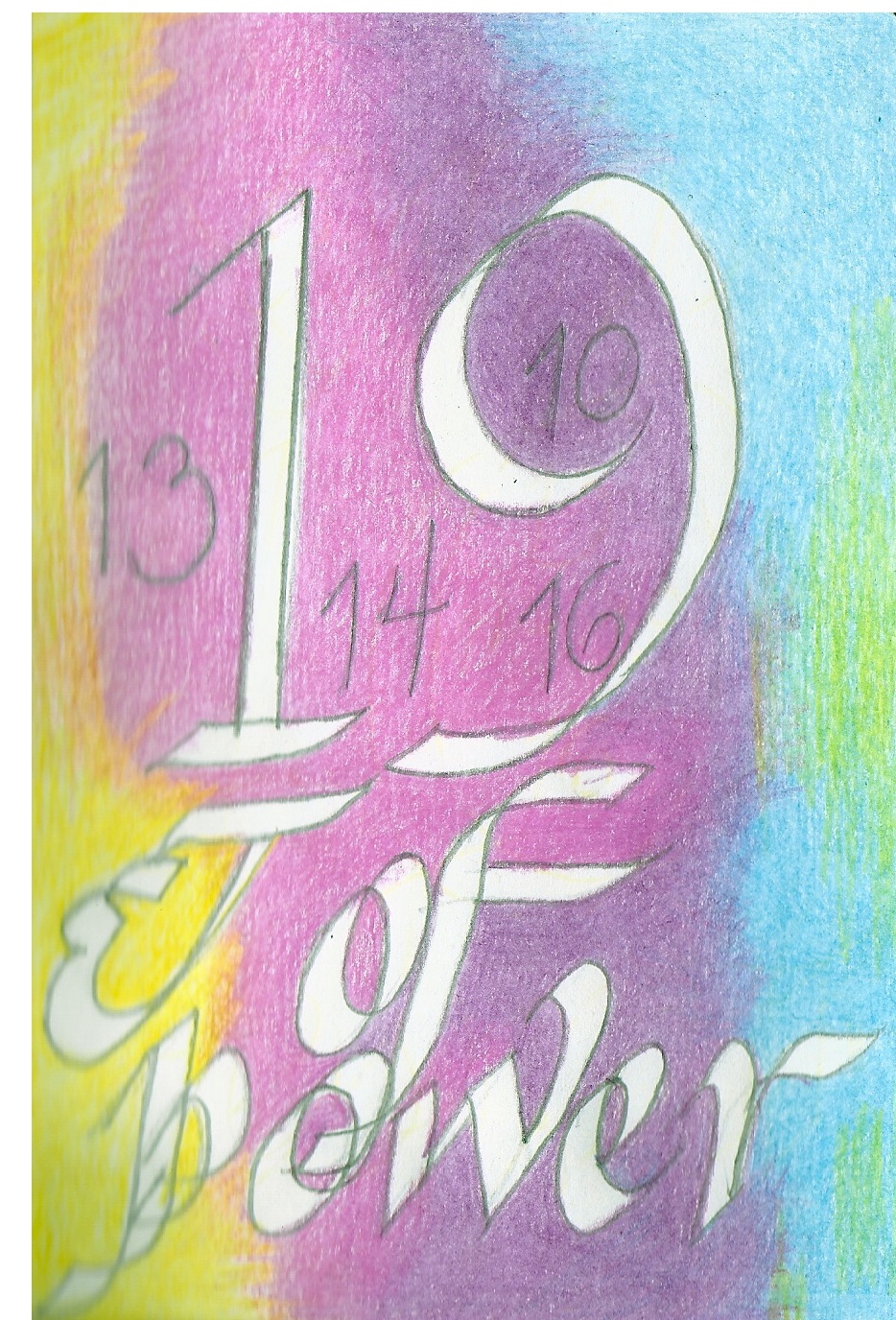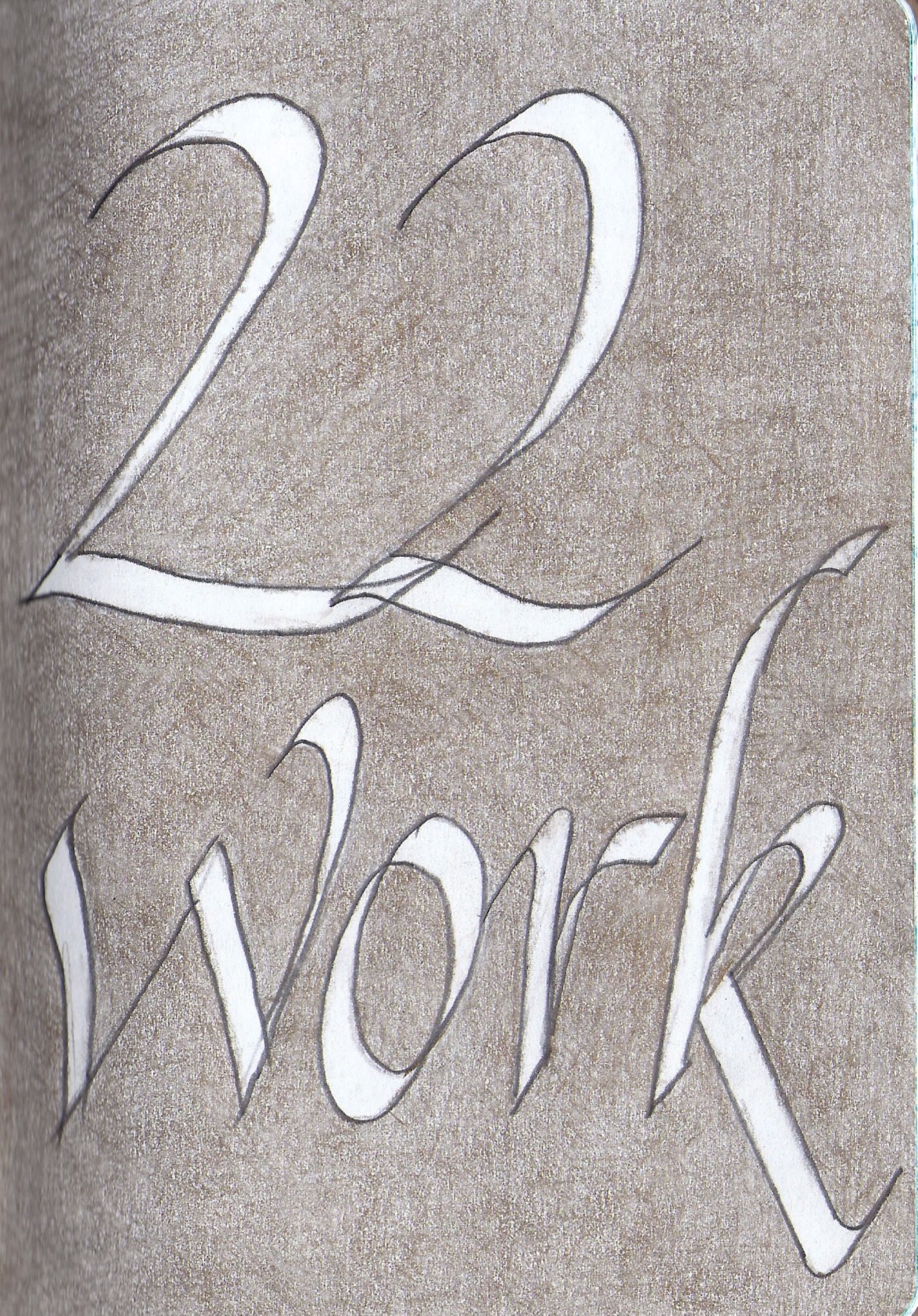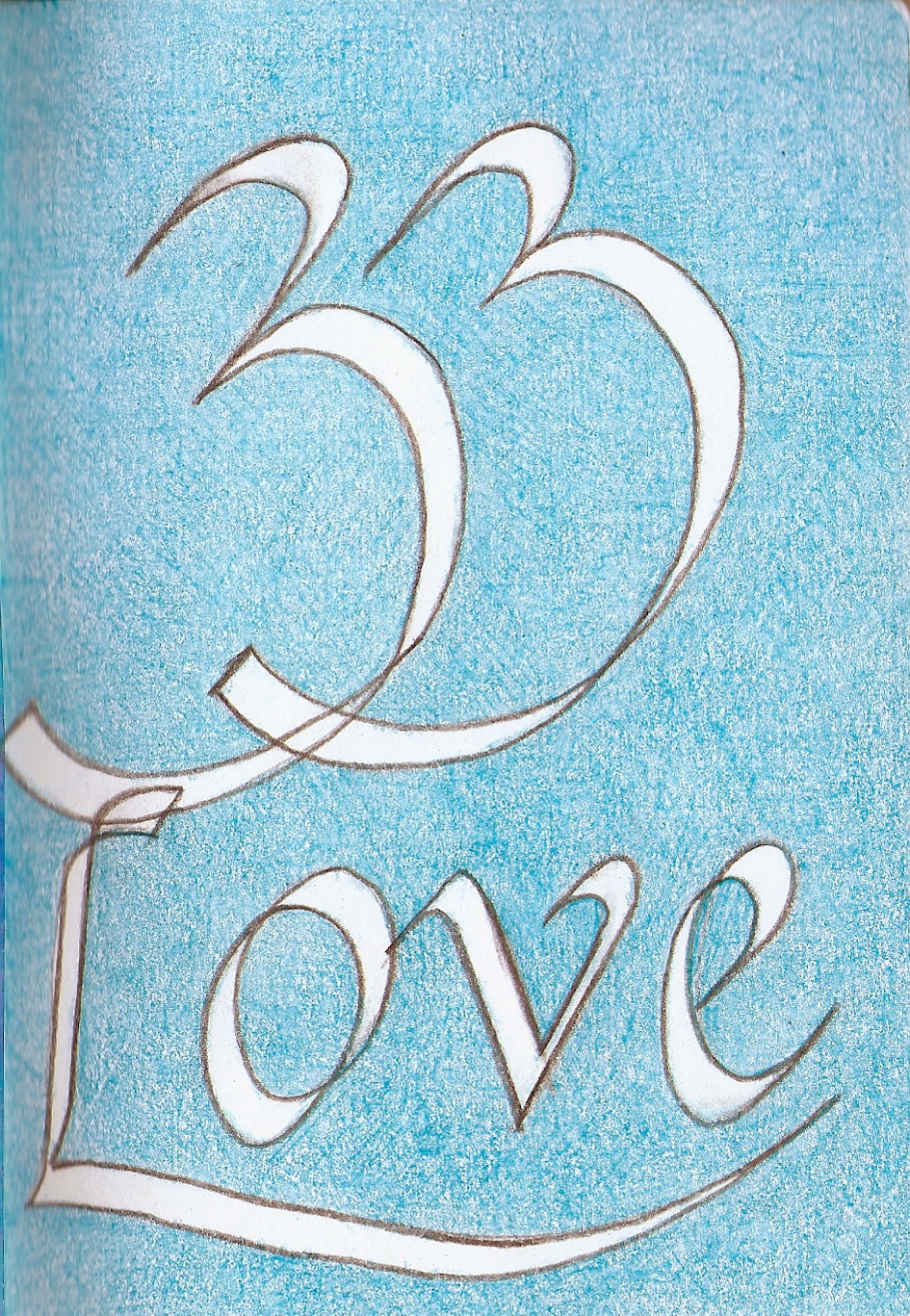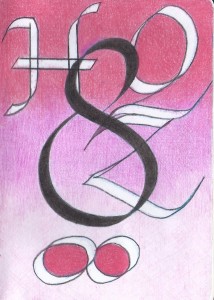THE SKETCHBOOK PROJECT 2016: NUMEROLOGY
The Sketchbook Project “is the world’s largest library of artists’ books…” The public can view the completed sketchbooks at the Brooklyn Art Library located in the Willamsburg section of Brooklyn, NY. The sketchbooks also travel North America and even the world via the Mobile Library. For more information, go to httsp://www.sketchbookproject.com.
I participated in the Sketchbook Project in 2012 and 2013 and now in 2016.
This year’s theme is Numerology and the visual power of numbers and letters and their relationship to each other.
Pythagoras and Numerology
Numerology studies the meanings of names and numbers and their relationship to each other and has its roots in the cultures of ancient Greece, China, Rome and Egypt and the Hebrew Kabbalah.
Pythagoras was a Greek mathematician and mystic from the 6th century B.C.E. He is one of the fathers of numerology and regarded as the father of geometry.
He based his system of names and numbers on his belief that nature is composed of numerical relationships. Numbers are a source of form and energy and numbers 1 through 9 represent the nine stages of the cycle of life.
Pythagoras and his followers believed that divine law could be calculated through mathematics.
Pythagoras, however, associated numbers with many ideas not just divine law. For example, he explored musical harmony through mathematics and called his concept “The Music of the Spheres.” Pythagoras believed that everything vibrates to its own special harmony; the higher the vibration, the more (or positive) force it has but the lower the rate of vibration, the less (or negative) force it has.
Of course there is lots of room for interpretation and agreement or disagreement but use these designs for inspiration and as a springboard to your own creativity.
Bibliography:
Lagerquist, Kay. The Complete Idiot’s Guide to Numerology. Indianapolis, IN: Alpha Books, 1999.
Hay, Louise L. Colors and Numbers, Your Personal Guide to Positive Vibrations in Daily Life. Carlsbad, CA: Hay House, 2010.
Millman, Don. The Life You Were Born to Live. Tiburon, CA: H. J. Kramer/New World Library, 1993.
Vogel, Christopher.The Writer’s Journey; Mythic Structures for Story tellers and Screenwriters. Studio City, CA: M. Wiese Productions 1998.

